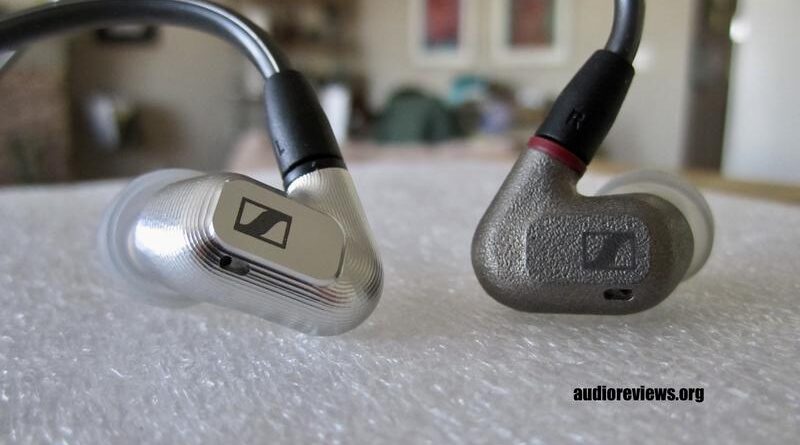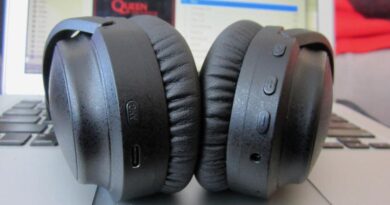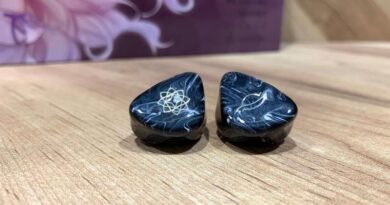Beware of Sennheiser IEM Counterfeits and Fakes!
Learn how to distinguish the real thing from fakes and counterfeits!
Very large part of the following article originally appeared as a section of my review of Sennheiser’s flagships IE900. We decided to spin it off as a separate piece to give it the just independence, considering how sensible the topic is.
In this Article
Introduction to counterfeits and fakes
According to Cambridge dictionary:
Counterfeiting :- noun. UK /ˈkaʊntəˌfɪtɪŋ / – The activity of making illegal copies of things such as bank notes, DVDs, or official documents.
https://dictionary.cambridge.org/it/dizionario/inglese/counterfeiting
… and, let me modestly add, “any other element of registered intellectual property” (e.g. patented goods).
It goes by itself that counterfeiting is a crime defined and punished by the penal code of pretty much all modern countries. Selling products of known counterfeited nature is, of course, consequently also a crime.
This is not unimportant to know, as when one realises to have been sold a counterfeited unit, she/he can leverage on the much higher power of criminal law to pursue the recovery of her/his interests vs the offending seller – with much higher chances of a positive outcome, of course, when such fraudulent seller is identifiable and locatable, and subject to the laws of the same country as the buyer.
Beware of counterfeiting!
The market is literally flooded with fake / counterfeited IE900, and IE600, and many other Sennheiser sets – and not since yesterday.
Sadly the criminals involved with this are quite skilled on delivering aesthetically near-identical products (from the boxing down to the actual items), thus posing a serious threat to the casual user when it comes to choosing and giving trust to their vendors, especially considering the important price tags we are talking about.
Sennheiser recommends to buy new units exclusively from fully trusted, official Sennheiser distributors – and that’s a no brainer.
For second hand units – while of course remembering that channels like ebay or similar need to be taken with two (always better than one) grains of salt – a good idea is to have the seller send a picture with the unit serial number in advance, and get in contact with Sennheiser Consumer Hearing support services: they will check if the serial number is reported as legit.
An illustrative example
I happen to have access to a fake IE900 sample, which I could therefore compare with a guaranteed-genuine one coming directly from Sennheiser’s headquarters.
Sound quality wise I must say I expected a much bigger difference between the two sets. What surprised me the most was in particular the fake unit’s remarkable bilateral extension, reasonably similar to the original one. In terms of bass definition, note body and microdynamics, however, genuine IE900 are quite evidently better.
Visual counterfeiting on the fake unit is really staggering for how realistic it is, and how much attention and careful observation was required to discover the clues indicating the two units did not come from the same ultimate source. I took a few pictures, and shared them with Sennheiser personnel to have confirmation of my findings, and here is my report – with the hope that it may be useful to someone to avoid being frauded.
First and foremost, there was no way to spot any difference whatsoever about the printed carton box sleeve, not on the box’s internal structure and elements, the paddings etc. All apparently identical.
By closely assessing product details however some differences started to come up.
1) Cables’ earhook sheaths are not freely reshapeable on the fake unit I checked – they stay much firmer on their pristine curvature for how much you try to model them. Genuine Sennheiser sheaths are pliable almost like plasteline, and they stay in your wanted shape quite reliably while you wear them.
2) Cables’ chin sliders feature a Sennheiser logo sticker. The genuine one carries an S-logo hologram, the counterfeit one is very obvious flattened, non-holographic, clumsy imitation. Genuine cable is sitting on top in the following picture.
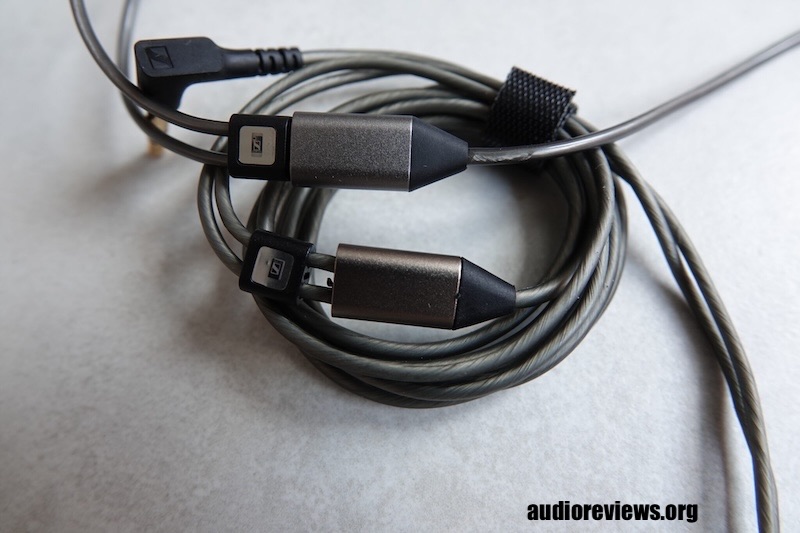
3) Genuine cable’s main sheath features a smooth, uniform, solid external finish. This fake unit’s sheath carries some sort of twisted wires appearance. You can appreciate this difference, too, from the picture above – where, again, the counterfeit cable is the coiled one, below the genuine one.
4) Assessing nozzle ends, genuine IE900 should look “pitch black”, while this counterfeit sample reveals silver colour inside through a wider mesh structure, as shown by this picture.
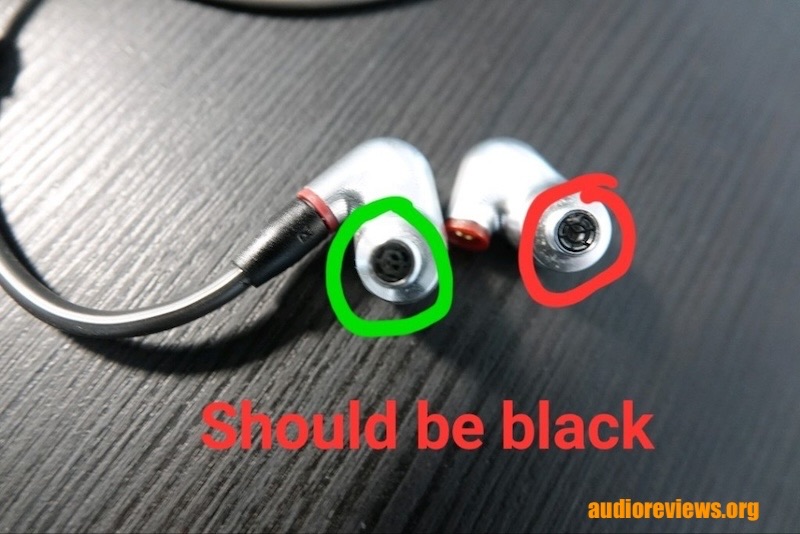
5) The pinned plastic plate carrying stock tips should show glossy S M L size letters, not matte ones. Furthermore, genuine foam tips have quite flat tops, not bulging ones. Based on this information, try yourself to spot the genuine set in the following picture .
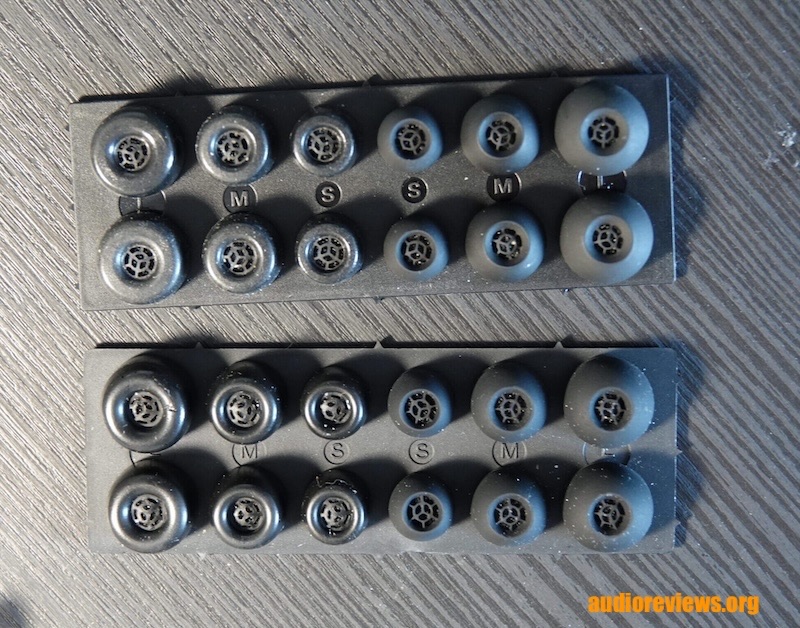
YMMV
It’s of course worth noting that I could assess just one fake unit, so there is no certainty, let alone guarantee, that the above hints do apply to other cases. So don’t take the above clues are indicative, let alone exhaustive, as a “check list” to apply to a suspect IE900 sample.
This article will have done its own right if I succeeded in just making you aware that there is an issue with this, and a serious one too – and you better spend a lot of time and attention to avoid being scammed. Good luck!

